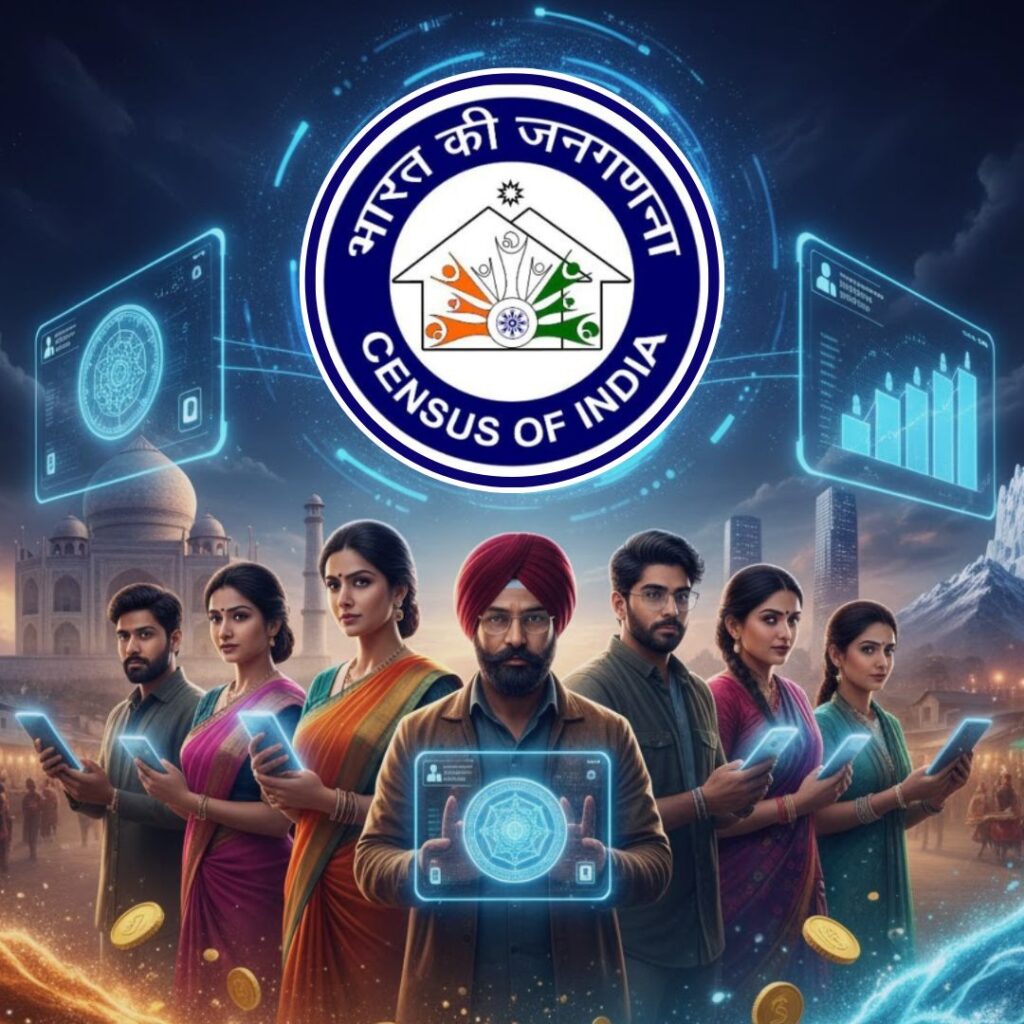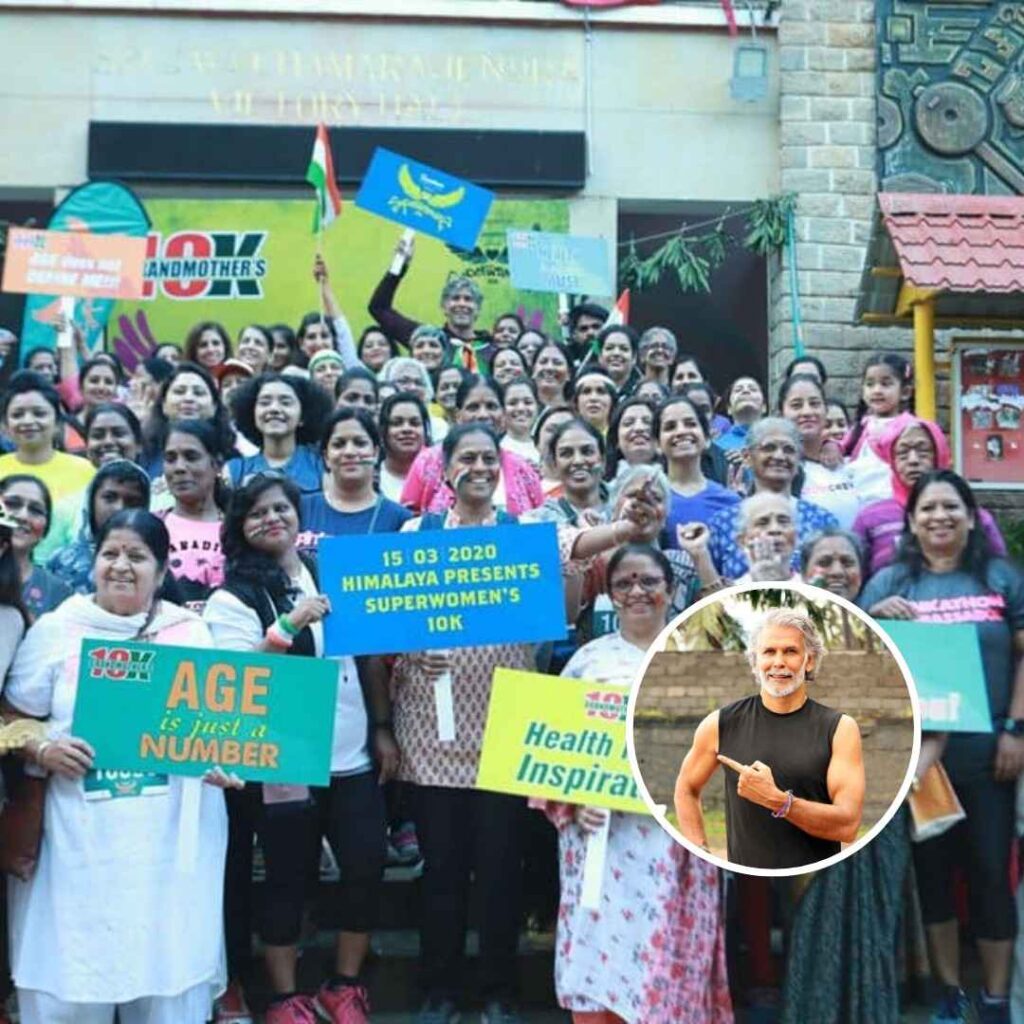In the year 2000, Pradhan Mantri Gram Sadak Yojna(PMGSY) was launched to provide all-weather road connectivity in rural areas. In April 2018, Press Information Bureau of the government of India said in a press release that, “PMGSY, since its inception in 2000, has been able to provide connectivity to 1,52,124 habitations (85.37% against 1,78,184 eligible habitations).”
The release noted that PMGSY is well on its way to meet the target of March 2019. Notably, the earlier target was set for 2022, but it was revised to 2019 considering that ‘roads are primary to the agenda of development’.
Roads built since 2014
In May 2017, BJP’s official twitter handle tweeted that “construction of rural roads reached an all-time high of 133 km/day in 2016-17 under Modi government.” It also said that 48000 km of rural roads were constructed under PMGSY in 2016-17.
Connecting and developing rural India : Construction of rural roads reached an all time high of 133 km/day in 2016-17 under Modi Government. pic.twitter.com/xAnXNHmE19
— BJP (@BJP4India) May 22, 2017
However, in April 2017, the official handle of Narendra Singh Tomar, the Minister of Rural Development, tweeted that in 2016-17, 47010 km rural roads were constructed at an average of 129 km per day.
प्रधानमंत्री ग्राम सड़क योजना ग्रामीण : 2012-13 UPA सरकार की तुलना में लगभग दुगनी सडकों का निर्माण.#PMGSY pic.twitter.com/7RbHENr6iY
— Narendra Singh Tomar (@nstomar) April 7, 2017
The official website of Ministry of Rural Development says 47,447 km of rural roads were constructed at an average of 130 km per day in 2016-2017.
Road construction under PMGSY | Ministry of Rural Development
These are minor discrepancies but if the government is releasing the data to the public, there should be consistency.
Claim: 130 Km per day road built is highest
Under Narendra Modi led NDA government, road construction speed has picked up but the claim that 130-odd km per day is the “all-time” high is misleading.
As pointed out by an Altnews article, the road construction speed was more during the second term of UPA I government but it slowed down during UPA II and later picked up during Modi government.
Road Construction Per Day | altnews Let’s take a look at the targets met, budgetary allocation, and expenditure over the years. Target Met In Percentage | prsIndia
In the above figure, one can see rural road construction was at its peak during 2009-2011.
Annual Report 2017-18 | Annual Report of Ministry of Rural Dev
Road construction has picked up the pace but there isn’t any significant change in the number of habitations connected per year.
Connected habitations in percentage | prsIndia
For the years 2010-2015, the connected habitations were almost double the target number. However, it can be argued that the targets were set very low in the first place.
Budget allocation & Expenditure
A CAG audit report submitted in 2016 for the period April 2010 to March 2015 noted that the achievements under PMGSY were more than the target set for those years. CAG report reasoned that the targets were not realistically fixed.
Budgetary Allocation | Center for policy Research
Since 2015, the budgetary allocation for PMGSY was increasing. However, for the last two years, it has remained around Rs 19000 crores mark, close to the all-time high of Rs 19886 crore in 2010-11. The difference in allocation and expenditure causes strain on the exchequer, and it is not an efficient use of tax-payer money if funds are not utilised or liabilities are created.
Expenditure on PMGSY | prsIndia The Logical Indian Take
Misleading claims aside, construction of rural roads has picked up speed and it is a good thing. The Logical Indian applauds the central government for doing a good work when it comes to building rural roads. However, there are state-wide variations, and maintenance of roads is also an important part of the issue. States which are performing better are taking the initiative themselves to a certain extent.
To ensure that the government is accountable, citizens can use the MeriSadak App to provide real-time feedback on the implementation of the PMGSY programme. The app is available in Hindi, English and 10 regional languages.












